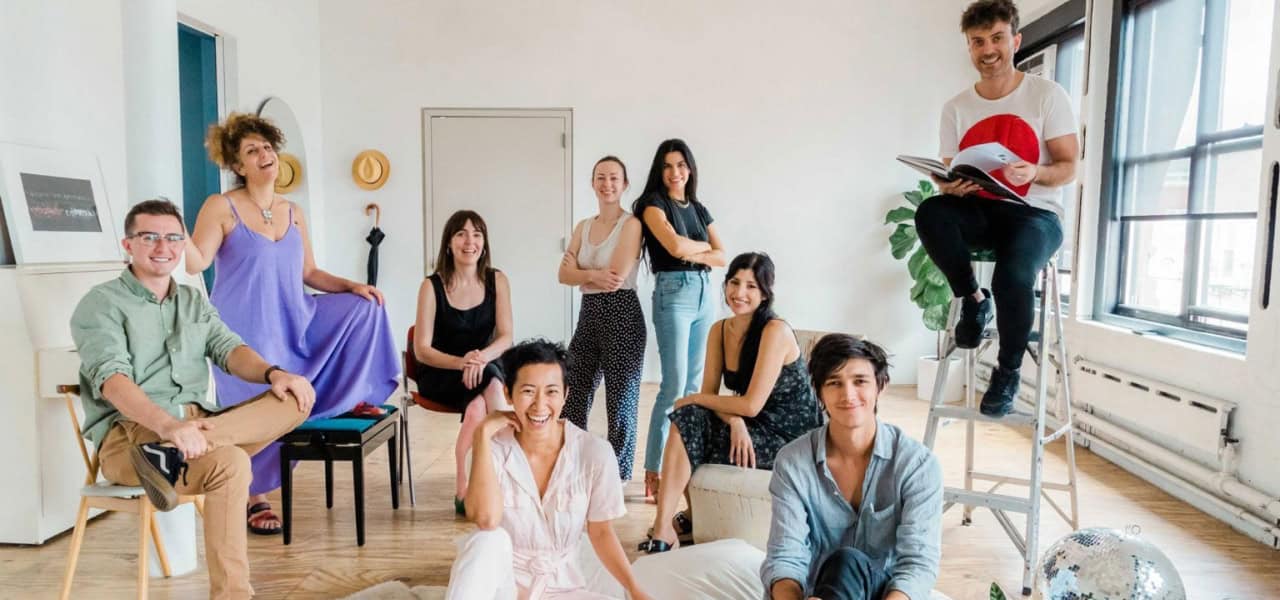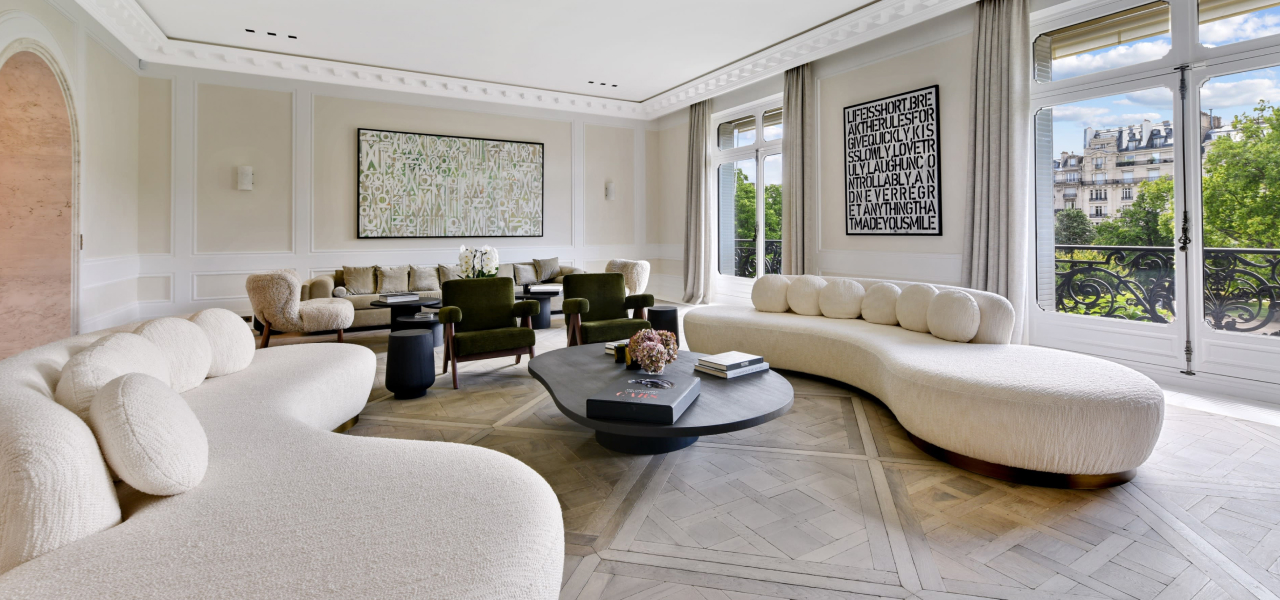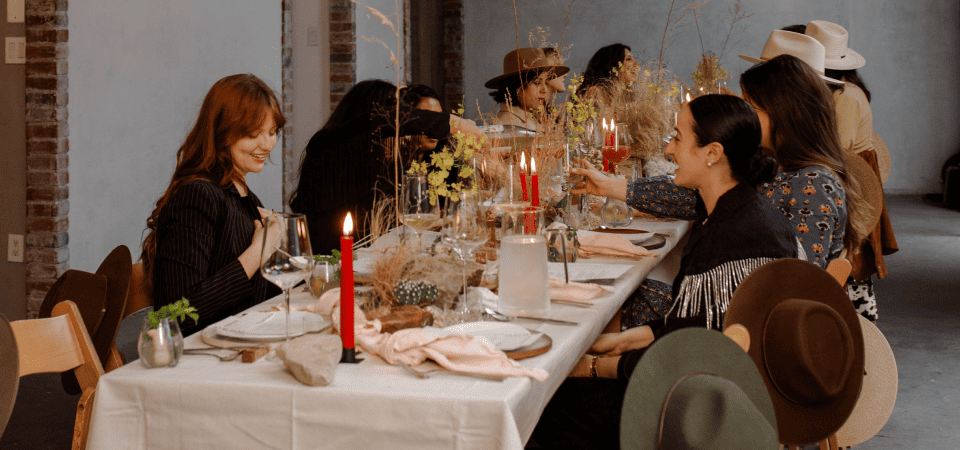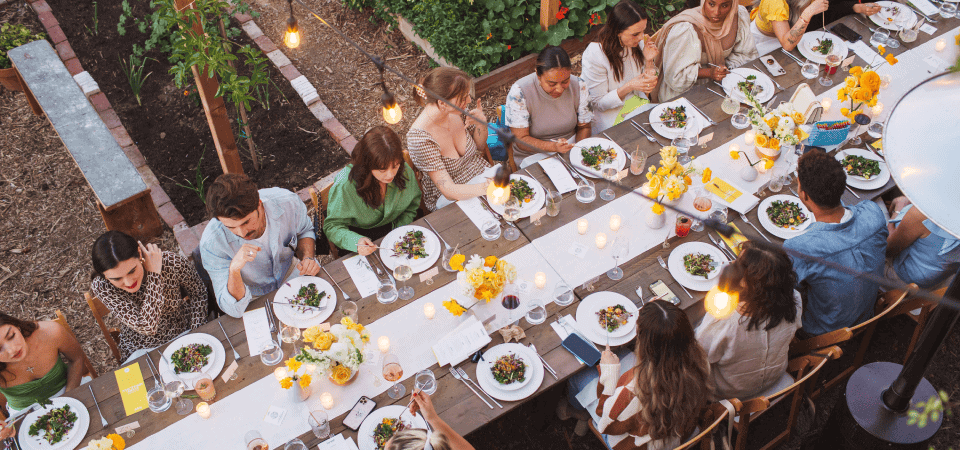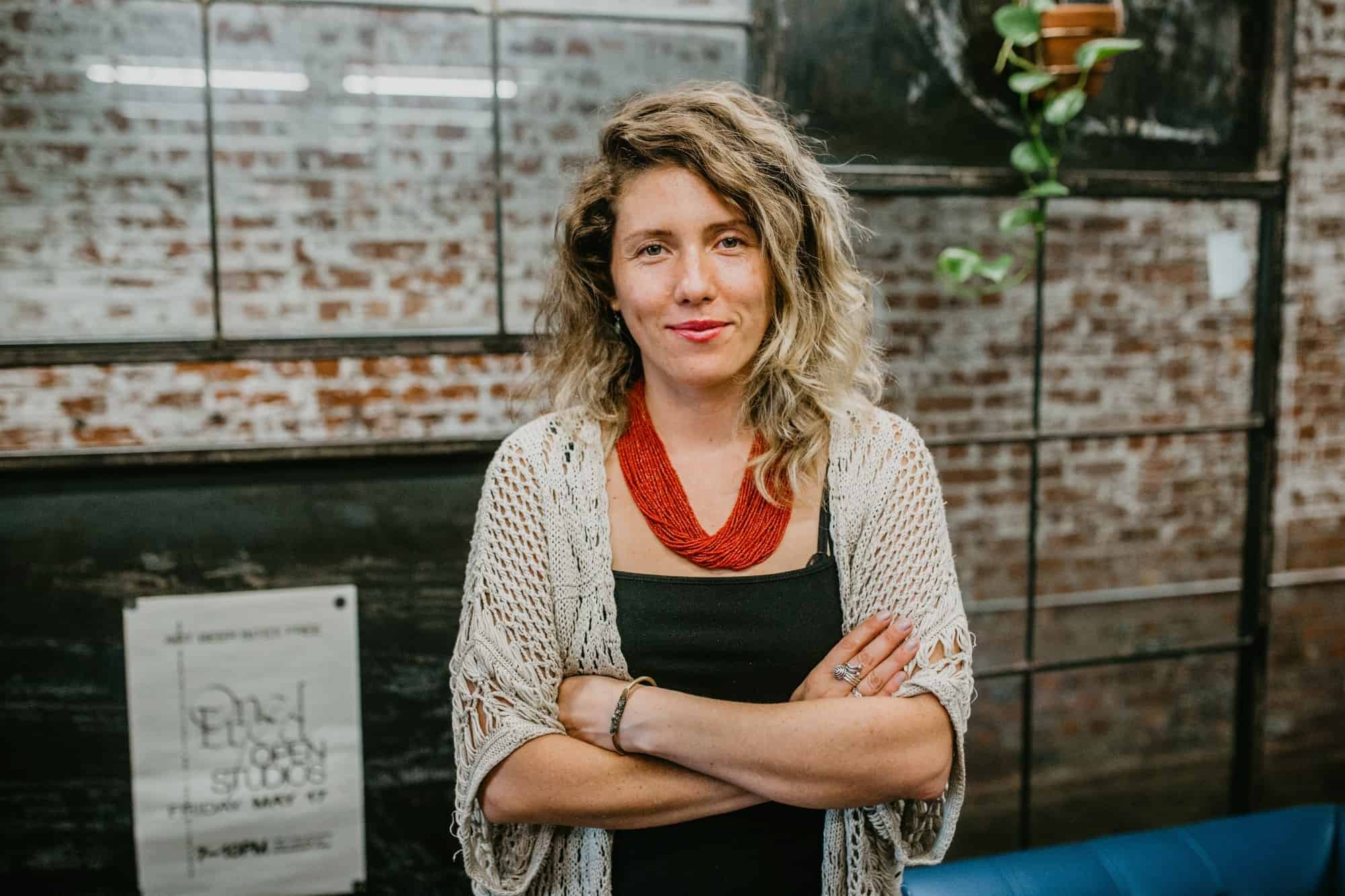The Makeup of a Powerful Portrait — Expert Tips From Photographer Jeffrey Gerson
- Date: September 7, 2016
- Topic: Resources
- By: Jeffrey Gerson

Photography by Jeffrey Gerson
Photography by Jeffrey Gerson
San Francisco based photographer, Jeffrey Gerson, is passionate about telling stories through his photographs. With over 70K plus Instagram followers, he has a true talent for connecting with his community in an authentic way. Whether he’s shooting on film or an iPhone, the process remains the same: he relates to his subjects as a human, not just as their photographer. This involves building meaningful relationships, cultivating a good photography “bedside manner,” and understanding his environment.
Jeffrey’s portraits either start with the subject or they begin with a particular location, saying, “I keep a running catalog of locations I want to shoot in and wait until I find the right person that fits with my vision.”
To learn more about Jeffrey’s formula for the perfect portrait, read about about his process, the importance of knowing your space, and where he finds inspiration.
The makeup of a powerful portrait:
A portrait boils down to showing a person as they want to be seen. I think you do that best when the person you’re photographing is comfortable. If the person you’re shooting doesn’t feel at ease, they’ll freeze up in front of your camera — especially if it’s an unfamiliar camera like mine. I try to photograph people in environments where they already feel at home — in an environment that can also be a part of the story the photograph will tell.
Here’s a good example of this: my bookseller at Dog Eared Books in the Mission. Right when I met him, I knew I wanted to photograph him. He felt like he was inherently a part of that place. But before I could ask to take the photo, I needed to build up a rapport. I began to ask for book suggestions every time I went in, and he became one of my best book recommenders. After a few months (and many books), I felt like we’d established some kind of relationship: we knew each other’s names, I knew what books he liked and he knew what books I’d be likely to enjoy or that would challenge me. For me, this is the kind of basic trust you need to build to get a good portrait. It doesn’t need to be much (at the end, I really know very little about him), but we know each other on a human level. Once I had that trust, I brought my camera along and asked if I could take a portrait of him to finish up the roll of film I had. He was kind enough to oblige.

Photography by Jeffrey Gerson
Finding subjects to shoot:
There isn’t a particular rhyme or reason to who winds up in my portraits. The only thing that matters is that there’s some kind of connection. It could be a friend I have coffee with each week, a favorite coworker or someone I’ve just met who I find intriguing. I travel so much for work that I I’m lucky enough to spend time in lots of different communities — so that means there’s all the more opportunity to find that kind of connection with someone.
Cultivate your photography “bedside manner”:
Both of my parents are doctors, and all my life I’ve heard stories about how deeply they care for their patients. They’ve worked with thousands of patients from all walks of life who may be scared, worried, troubled, or confused. But in order to help them, they need to make sure the patients know they have their best interests at heart — and all within the short window of an appointment. In a way, I approach my portraits the same way.
I make sure to relate to my subject as a human, not just as a photographer. Taking a portrait is an act of seeing, of finding something in someone worth capturing and holding up for others to notice. I let that guide how I interact with anyone I photograph.
Also, I try to take the time to understand what they might be nervous about. It’s not just sussing out insecurities like “I don’t like my teeth” (though these are important to keep in mind) — but taking the time to show them my camera and acknowledging that yes, it’s big and it makes loud sounds and it can be intimidating. I ask if they want to hold it and bring them into the process. If they’re still uneasy, we set things aside and chat for a while. And I tell them “I want to photograph you as you are.”
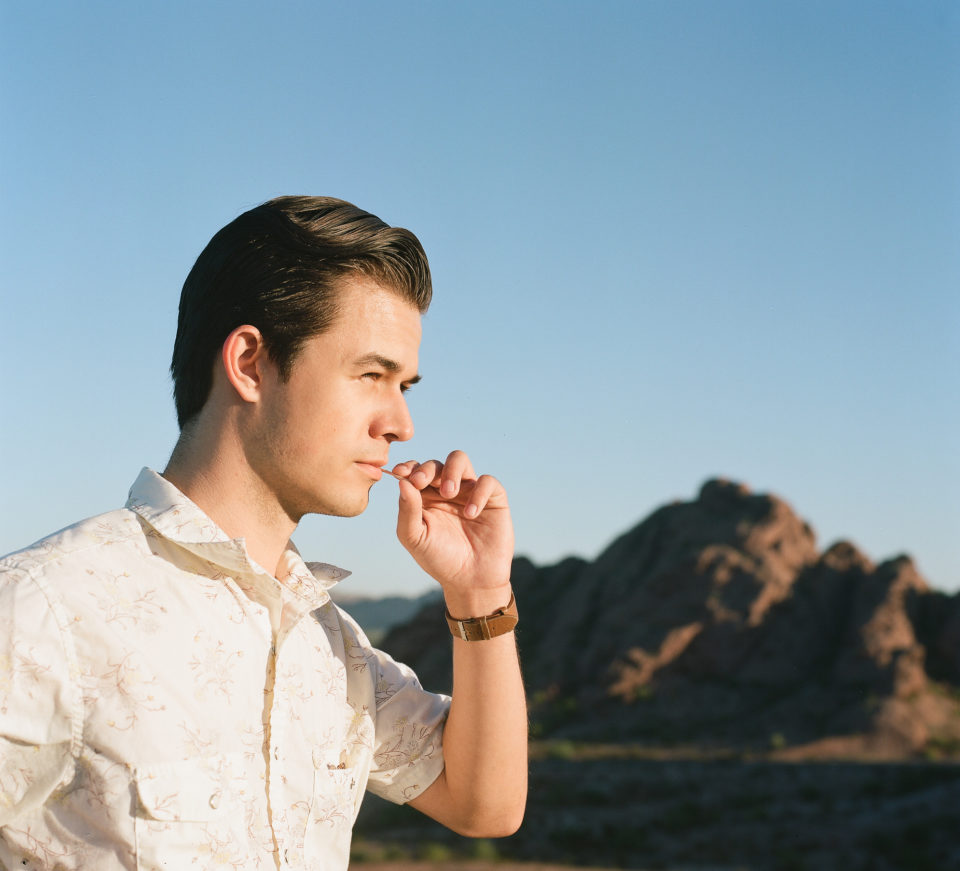
Photography by Jeffrey Gerson
Understanding the environment:
Knowing my subject is only half the battle, for me — it’s equally important to do the pre-work of knowing the environment before I start a shoot. First, I sketch out a rough blueprint of the space, figure out where the light is coming from, and storyboard out the different shots I want. That way when the model is ready, I have at least 10 shots in mind. At the moment you go to begin taking photos, if your subject is waiting while you stand there scratching your head, all that trust you built starts to erode. Your uncertainty can create anxiety for your subject. By having a set of poses and shots that I can default to, it gives me time to think and play while still being in control of the situation and keeping my subject at ease. And as we both relax into the situation, the best shots start to happen in the spontaneous moments — a stretch, a wry smile, a moment of “what if?”
In the case of the bookseller, I walked around the bookstore before I asked to shoot him. I found one particular bookshelf that was shorter, so it didn’t block the light coming through the window. And knowing that he was taller than me (most people are), I moved a stool over to where the light was right. After he agreed to let me take a portrait, I brought him over to the spot and he just sat there, perfectly poised and intense. It took one shot.
Shooting on film:
If the lighting hadn’t been right that day, I wouldn’t have asked to shoot him. Part of the reason I shoot on film is because it forces me to really evaluate if I want the shot. It slows me down, makes me understand the environment and everything I can do with my camera. I don’t choose to spend my time editing in post or sifting through hundreds of shots. At most, I’ll level out a horizon or take out an egregious pimple, but I try to accomplish as much as I can with just my camera.
Choosing the right location:
As I build a rapport with a person, I’ll begin to have a vision for the location I’m looking for. Sometimes, it will be the location where I find them — like the bookseller. Yet other times, it can take longer for the pieces to fall into place. I have a friend with lovely pale skin and a bit of red in his facial hair, and I knew I wanted to shoot him somewhere that was dark and green environment that somehow also felt masculine. We both found ourselves in New York at the same time, and the Ace hotel was suddenly the perfect spot.
Other times, I find a place I’m absolutely in love with — like the Turrell skyspace at the De Young museum or the giant windows at the top of the Hilton downtown. I keep a running catalog of locations I want to shoot in and wait until I find the right person that fits with my vision.

Photography by Jeffrey Gerson
Finding inspiration:
I’m always looking for interesting poses. I find inspiration not only through other photographers’ work, but also in paintings and sculpture. I’ll gladly spend a day at the Legion of Honor to see how masters like Reynolds and Gainsborough posed their subjects. Or the kind of movement Moore can imply, even in the abstraction of his forms. I’m interested in body language and what stories the poses tell.
Outside of seeking out inspiration for a specific shoot I’m planning, though, I tend to think of finding inspiration as a struggle of self-awareness. I spend a lot of time trying to notice when something grabs my attention and explore what I can do with that, what I can make with that, rather than letting the moment pass.
Fun questions:
The first thing I do when I wake up is: Turn off my alarm. I set my alarm to go off over the course of a half hour at intervals of 15, 10, and five minutes. By the time the last alarm goes off, I’ve finally come to terms with waking up, no matter how early it is.
I can’t leave my house without: Some sort of camera, whether it’s my phone, my medium-format, or even just a disposable.
My dream collaboration is: With certain spaces, like the Stahl House in Los Angeles.
When I’m not behind my camera, you can find me: In a book, I’m currently reading ‘Homegoing’ by Yaa Gyasi — and it’s incredible. We were in the same English program in college, and it’s so inspiring to see how well her first novel has been received.
Advice to aspiring photographers: If you’re shooting a portrait, care about your subject — really care about them. Know your space. You’re going to fuck up; just keep going.
Life motto: “It takes life to love life”
For full resolution of Jeffrey’s work and to see more photos, check out his portfolio and follow his visual journal on Instagram.
Explore creative venues for your photoshoot in San Francisco, New York City, Los Angeles, Chicago, Seattle, and Austin.

